As a medical professional in the field of aesthetic medicine, it is important to have a thorough understanding of the potential complications associated with botulinum toxin injections. One commonly encountered issue is ptosis, or drooping, of the eyebrow or eyelid. While both conditions can have a significant impact on patient outcomes, it is important to understand the differences between eyebrow ptosis and lid ptosis in order to effectively diagnose and manage these complications.
In this blog post, we will discuss the causes, symptoms, and management of eyebrow ptosis and lid ptosis, and provide practical guidance for medical professionals on how to prevent and manage these complications in their patients.
What is Eyebrow Ptosis?
Eyebrow ptosis is a condition characterized by drooping of the eyebrow, which can result from the accidental injection of botulinum toxin into the frontalis muscle. This muscle is responsible for elevating the eyebrow, and its inhibition can lead to a reduction in the upward lift of the brow.
Symptoms of Eyebrow Ptosis
The most obvious symptom of eyebrow ptosis is a drooping or sagging of the eyebrow. This can result in a sad or tired appearance, and can also lead to vision obstruction. In some cases, patients may also experience forehead wrinkles or creases, as the frontalis muscle compensates for the loss of brow elevation.
Management of Eyebrow Ptosis
The management of eyebrow ptosis depends on the severity of the drooping and the amount of time that has elapsed since the initial injection. In some cases, a simple wait-and-see approach may be appropriate, as the effects of the botulinum toxin typically wear off over time. However, in more severe cases, a touch-up injection or other intervention may be necessary to restore eyebrow elevation.
What is Lid Ptosis?
Lid ptosis is a condition characterized by drooping of the eyelid, which can result from the accidental injection of botulinum toxin into the levator muscle. This muscle is responsible for lifting the eyelid, and its inhibition can lead to a reduction in the upward lift of the lid.
Symptoms of Lid Ptosis
The most obvious symptom of lid ptosis is a drooping or sagging of the eyelid. This can result in a tired or sleepy appearance, and can also lead to vision obstruction. In some cases, patients may also experience headaches, neck pain, or other symptoms due to the strain of compensating for the drooping eyelid.
Management of Lid Ptosis
The management of lid ptosis depends on the severity of the drooping and the amount of time that has elapsed since the initial injection. In some cases, a simple wait-and-see approach may be appropriate, as the effects of the botulinum toxin typically wear off over time. However, in more severe cases, a touch-up injection or other intervention may be necessary to restore eyelid elevation.
In conclusion, understanding the differences between eyebrow ptosis and lid ptosis is essential for medical professionals in the field of aesthetic medicine. By being aware of the symptoms, causes, and management options for these conditions, you can provide the best possible care for your patients and minimize the risk of complications associated with botulinum toxin injections.
